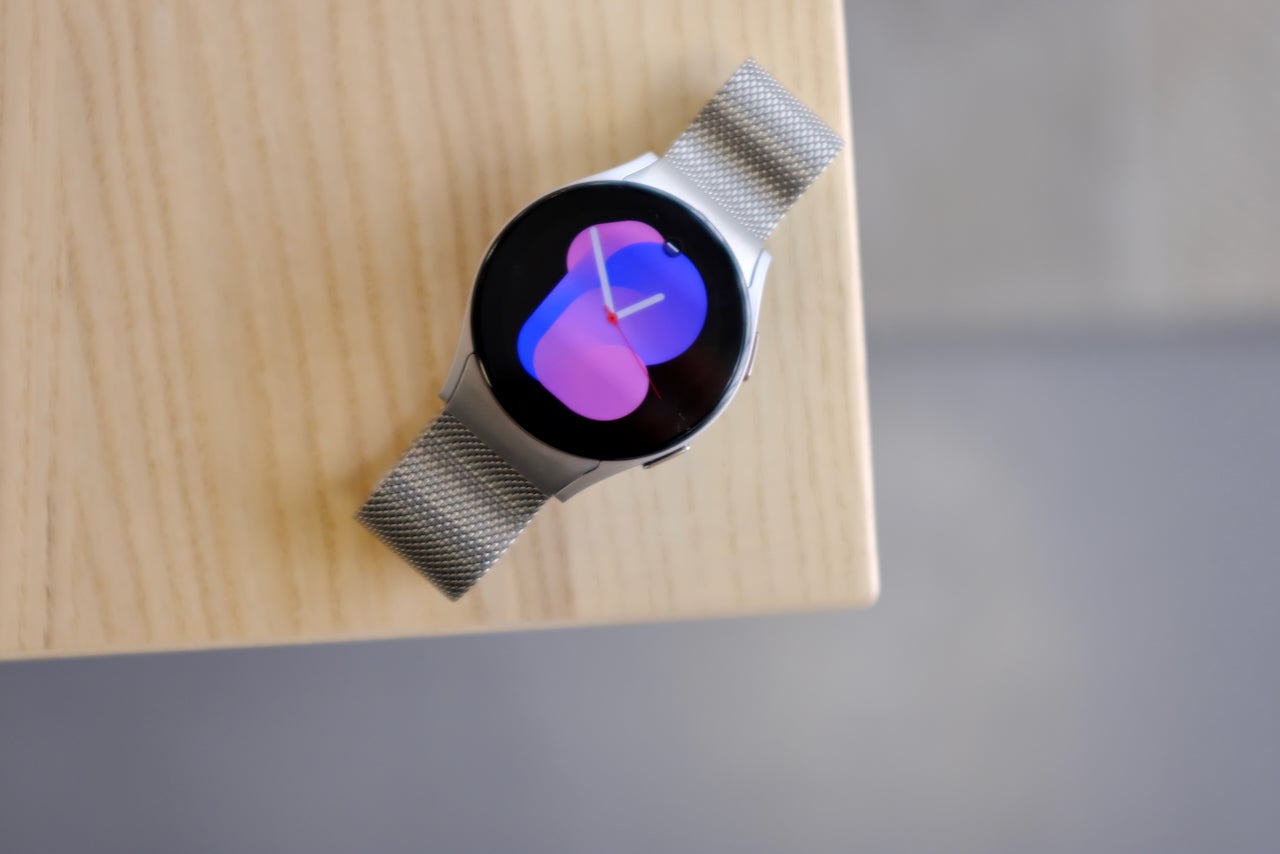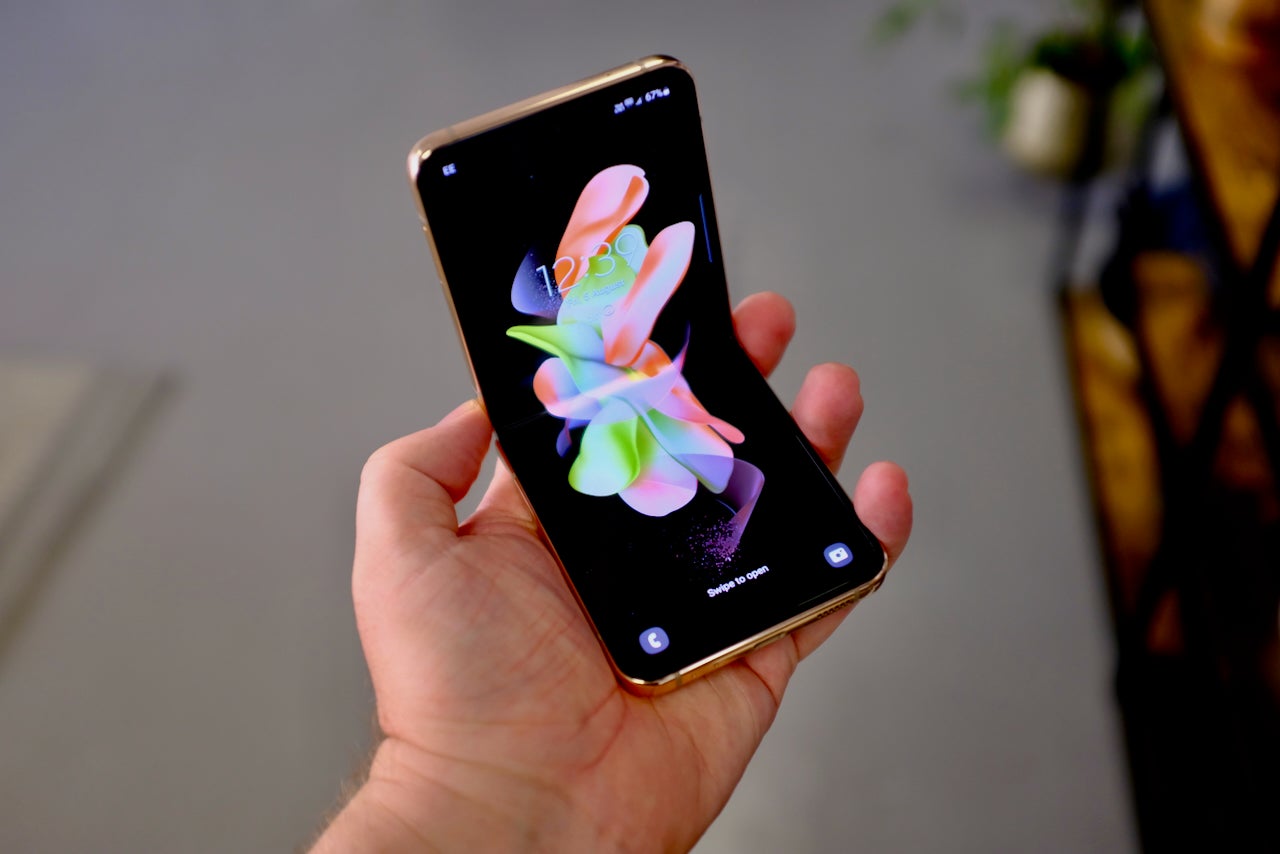Galaxy Flip vs Galaxy Fold: Samsung’s foldables explained
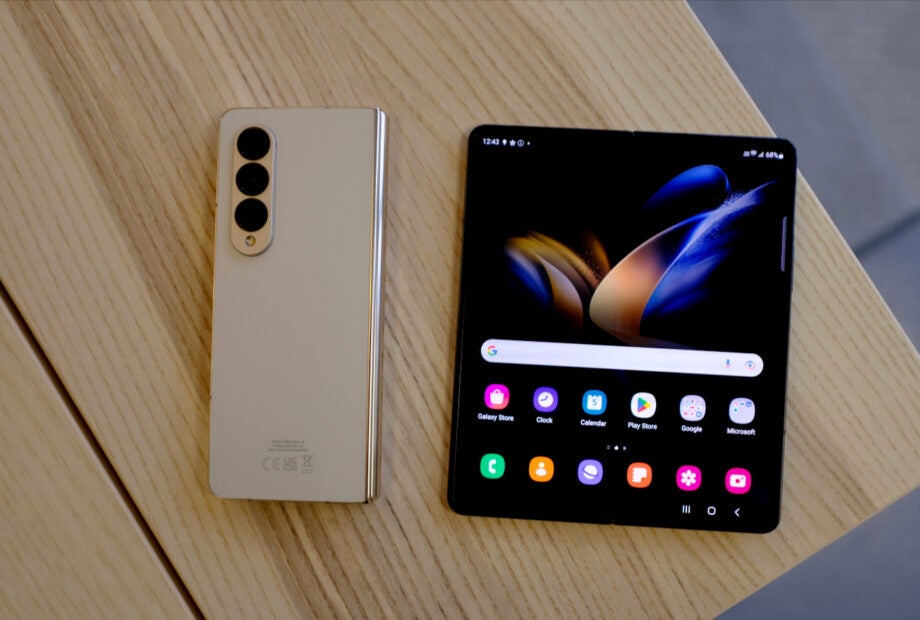
Heard a lot of chat about Samsung’s foldables and curious to give one a try? We’ve separated the key differences between the tech giant’s Fold and Flip lines to keep you in the loop.
Unless you keep track of the tech world pretty closely, it can be tricky to stay apprised of the finer details that separate the Z Fold line from the smaller Z Flip phones. As we’re here to help, we’ve created this handy guide explaining the history, differences and salient points about Samsung’s Fold and Flip handsets.
History
The original Galaxy Z Fold was unveiled by Samsung in 2019. The phone was the first from Samsung to have a folding display.
Specifically, the device had a twin screen design, with a small outer display offering traditional smartphone functionality and a secondary larger internal screen that could be folded out into a tablet-style form factor. It was one of the first phones to do this, with the competing Huawei Mate Xs following it in 2020 with a very similar design.
The Z Flip arrived later in 2020, and is the second foldable line from Samsung. Unlike the Fold, it has a design similar to clamshell phones that were popular in the early 2000s. Specifically, it features an incredibly small outer screen that’s only really used for notification alerts, and a larger internal folding screen that expands to give more traditional smartphone functionality. Its main rival at the moment is the Motorola Razr.
Samsung followed the two devices up in 2021 with the newer Galaxy Z Fold 3 and Galaxy Z Flip 3, with the latter skipping a second generation entry entirely.
The first generation had an incredibly high break rate, with many review units falling apart in the hands of testers when they first came out.
Most recently Samsung has launched newer Galaxy Z Fold 4 and Galaxy Z Flip 4 handsets which once again offer modest refinements on the previous generations but share the same core focus. We haven’t had the handsets in for review yet, but you can see the initial impressions from our Editor Max Parker who used the devices for a couple of hours at a launch event.
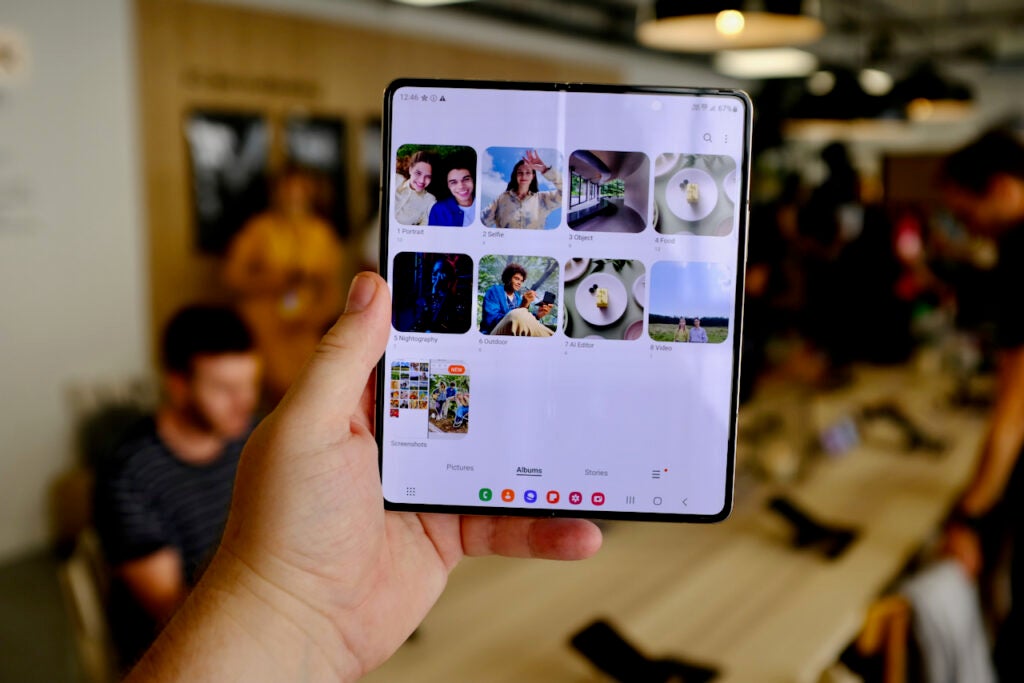
What is the difference?
The main difference between the Fold and Flip are their designs. The Fold is a device being marketed to power users and tablet enthusiasts. Its larger internal screen offers a bigger canvas to play games and watch video on. Since the Fold 3 Samsung has added S Pen stylus support in a bid to entice professionals to the device.
When we reviewed it, though the lack of a dock to store the stylus was an annoyance, we found the S Pen was a great tool that, when coupled with the larger screen, made it much easier to do things like manage a spreadsheet or scribble down notes than any other smartphone we’ve tested.
The Flip line by comparison is marketed at regular phone users, with its main selling point being that it can be folded into a much smaller, skinny jean-friendly, form factor that makes other smartphones feel chunky.
The other big difference is price. The Fold line is Samsung’s flagship foldable and as a result it traditionally costs more than its Flip siblings year-on-year. You can see a breakdown of the various generations pricing in the table below.
- Galaxy Z Fold: £1900
- Galaxy Z Flip: £1300
- Galaxy Z Fold 3: £1599 (Buy now)
- Galaxy Z Flip 3: £949 (Buy now)
- Galaxy Z Fold 4: £1649 (preorder coming soon)
- Galaxy Z Flip 4: £999 (preorder coming soon)
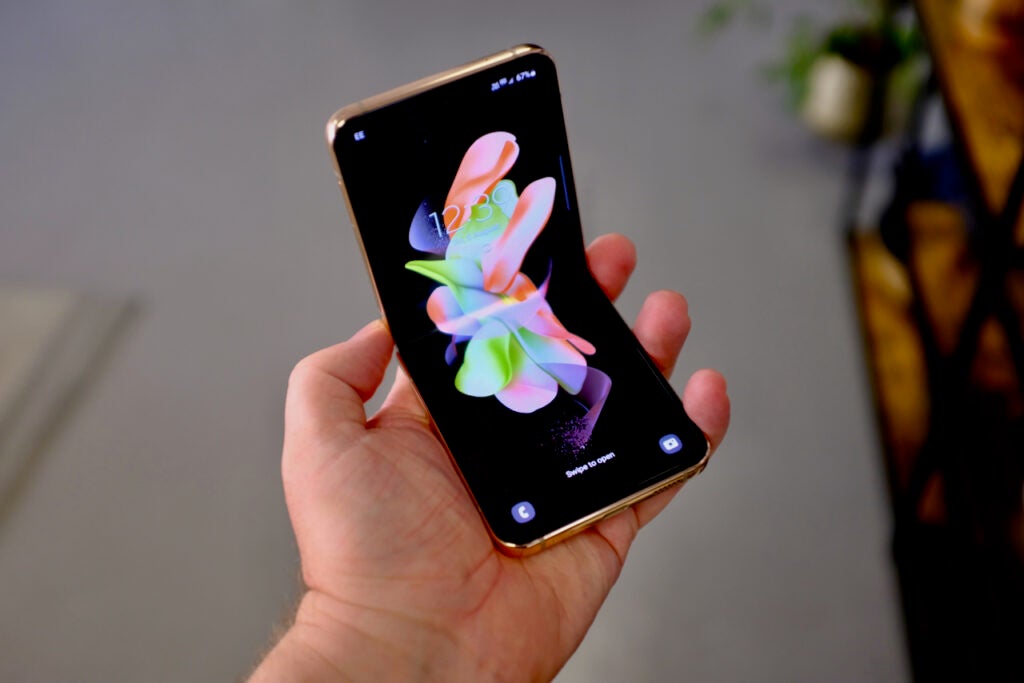
Which is better?
We’ve only had a chance to fully review the Galaxy Z Fold 3 and Galaxy Z Flip 3, as Samsung wouldn’t send samples after early tests revealed issues with the first generation’s folding screens.
However, based on our experience with the 3-line, the answer as to which is better is largely down to what you want to do with it. We loved using the Fold as a productivity device, particularly when paired with a stylus. There’s no denying its larger screen is also great for gaming on services like GeForce Now.
The Flip meanwhile is much more affordable and a great option for people who want a small phone that can easily be carried in even the smallest of pockets.
If you are thinking about getting one then be aware, based on our experience using the devices, neither line is perfect.
Both have noticeable creases on their folding screens, which is annoying as competing firms, like the Oppo Find N, have found ways to get rid of this issue, offering a far more immersive user experience as a result. The Flip and Fold screens also feature atypical aspect ratios that can make certain apps look slightly odd, or have noticeable black bars around them.
These are key reasons why we gave both the Fold 3 and Flip 3 good, but not perfect, 4/5 scores when we reviewed them, despite listing them as two of the best foldables on the market at the time.
We’ll update this page with our findings in reviewing the new Fold 4 and Flip 4 when we get them in for testing.



